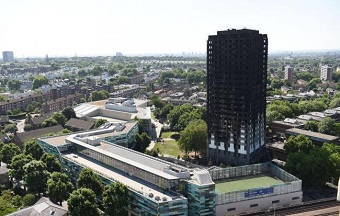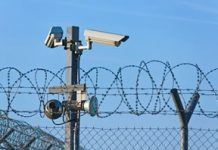The scale of London’s building safety crisis has once again been laid bare. More than 900 buildings currently require a waking watch due to fire safety defects such as flammable cladding. Waking watches involve 24-hour patrols of buildings that are known to contain fire safety defects so residents can be warned and evacuated in the event of a fire. They were introduced in the aftermath of the Grenfell Fire tragedy in 2017 that claimed 72 lives.
London Fire Brigade Commissioner Andy Roe revealed to members of the London Assembly that 901 buildings in the capital are currently on a waking watch, but that the number “continues to grow”. It is a significant increase on previous estimates, with a London Assembly report from February this year putting the figure at around 590.
Speaking at City Hall, Mr Roe said: “We’ve got 901 buildings on waking watch and that continues to grow. That’s significant. That’s twice the totality of all the high-rises in completeness in Manchester, just to give you a comparator.” Of the 901 buildings on waking watch, the Commissioner revealed that 675 are due to unresolved cladding issues while the remainder are due to other fire safety defects such as fixed installations not working.
Tenants and leaseholders are left to bear the financial burden of waking watches, with a mean monthly average cost of £499 per dwelling in London compared to £331 nationally.
At the beginning of the year, the Government launched the £30 million Waking Watch Relief Fund to cover the cost of installing common alarm systems in high fire risk buildings, removing the need for waking watches.








